Sand concrete Axton М300
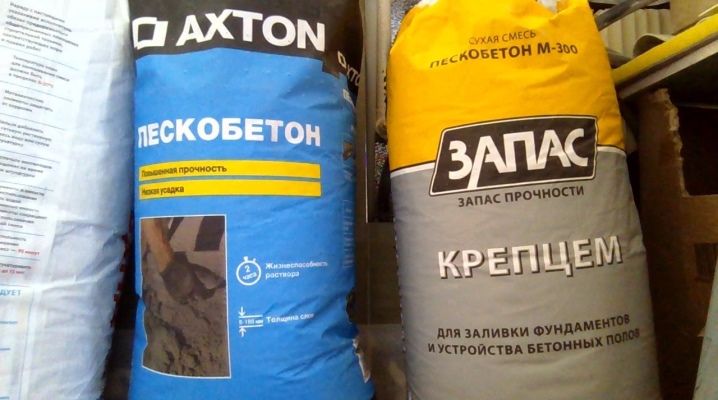
Sand concrete is a popular building mixture, an alternative to cement-sand, which is suitable for use in a wide variety of work: making foundations and concrete blocks, plastering walls and covering cracks in concrete surfaces, arranging paths and others. Due to its composition, Axton sand concrete compares favorably with analogues in its versatility and high plasticity.
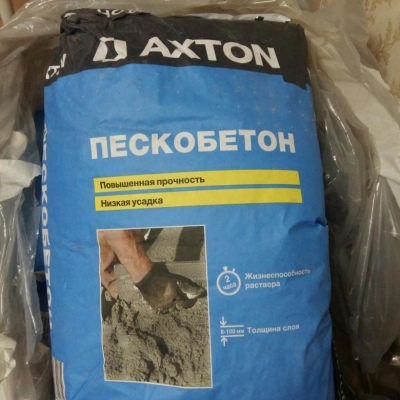
Advantages and disadvantages
Axton M300 sand concrete is used primarily for foundations and indoor screeds, but in general it is suitable for any construction task. Its advantages include:
-
strength;
-
frost resistance and moisture resistance;
-
high speed of solidification in comparison with other substances;
-
fire resistance and water resistance;
-
ease of use - you can carry out construction work without the help of specialists;
-
economy is one of the most budget-friendly options on the market.
An important advantage of the ready-made mixture, in contrast to home-made ones, is the exact observance of the proportions of cement, sand and plasticizers. Thanks to this, the builder can easily calculate the amount of mixture that he will need for 1 m2, and the curing time (but, of course, it is necessary to take into account not only the footage of the room, but also the thickness of the layer).
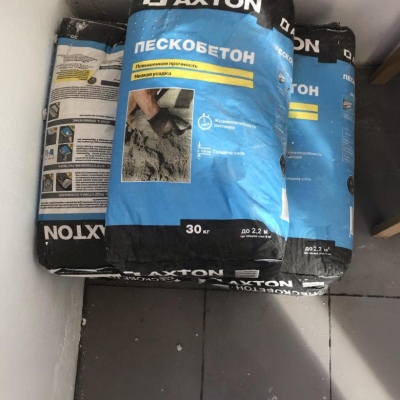
As disadvantages, some builders consider the need for additives to the mixture. For example, for some work, it may be necessary to add plasticizers and hardeners, and antifreeze additives are necessary if work is carried out in frost (down to -15).
Full description
The composition of sand concrete M300 includes river sand (fractions of 2-3 mm), granulation (fractions of 1.5-3 mm), Portland cement and various additives (plasticizers, modifiers), which are necessary to increase frost resistance and accelerate the solidification time of the solution. Axton is sold in waterproof 30 kg bags, which is quite convenient if one person is responsible for transporting and mixing the mixture.

The manufacturer reports that the mortar is suitable for use in construction, renovation and restoration work.
Its main characteristics:
-
the minimum pot life of the solution is 2 hours;
-
the maximum time for which the composition is set is 12 hours;
-
the optimum temperature recommended for work is 5 degrees;
-
the main field of application is work on laying blocks and bricks, pouring screeds and blind area;
-
the shelf life of an unopened package is 1 year, an opened one - 6 months;
-
sand concrete consumption - 1 bag for 30 bricks;
-
the layer thickness should not be more than 50 mm;
-
product feature - shockproof;
-
manufacturer - Russian brand Axton.
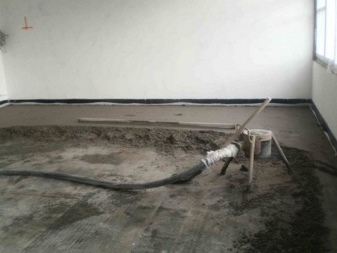
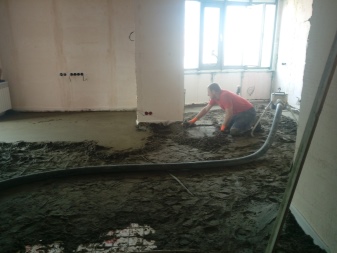
Storage recommendations: The storage area should be cool, with low levels of humidity. Store preferably in a closed container. If the bag is already unsealed, it is not permissible to store it near water or in places accessible to children and animals. If the mixture accidentally gets into your eyes, you should rinse them with water and be examined by a doctor.
Instructions for use
The work on the manufacture of concrete pavement can be conditionally divided into 3 stages, each of which is carried out in a short time.
Preparatory work
Preparing the base for the foundation or screed is a crucial part that should be done step by step. First of all, the surface is thoroughly cleaned of dirt and dust, then all cracks, irregularities and potholes are leveled with a sand concrete solution. Next, the base is treated with a primer, and wait for it to dry.
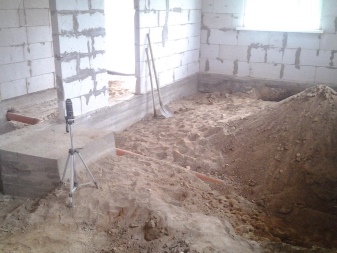
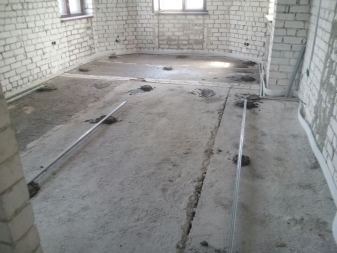
If the work will be carried out on the ground, the ground must be pre-compacted. Then a cushion of rubble and sand is created, if necessary, reinforcement is also carried out.
Creation of a working staff
For 1 kg of dry mix of sand concrete, 200 milliliters of water are needed. The composition is poured into a large container, convenient for kneading. After pouring water, the composition is mixed until a homogeneous mixture appears. Mixing is carried out using a construction mixer, it can also be done manually, for this you need a high strength wooden spatula.

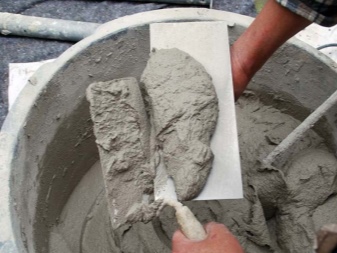
Important! If the proportions of water and dry mixture are not maintained, the composition will turn out to be too liquid. As a result, it will harden much more slowly, and after hardening, with a high degree of probability, it will be covered with cracks.
Experienced masters advise after the first kneading to wait 3 minutes, then stir again. This improves adhesion.
Application of the ready-made solution
Before starting work, you need to decide on the choice of the tool to which the mixture will be applied. For example, for brickwork, either a trowel or a trowel is used. When creating a concrete screed, the liquid mixture can be applied with a shovel, use the same trowel - it all depends on the thickness of the applied layer.
When the mixture has already been applied, it must be leveled with a rule. This procedure should be done as quickly as possible before the mixture sets.
When the leveling is completed, the finished surface is inspected for voids, and if necessary, defects are corrected.
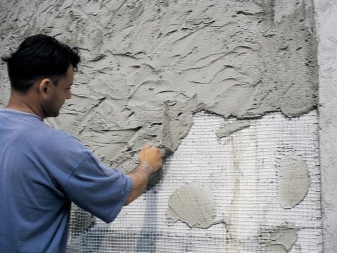
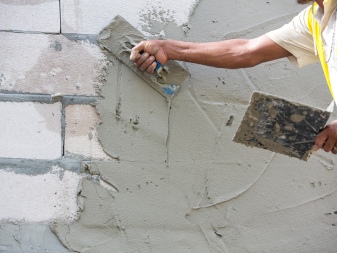
After the solution is applied and the surface is leveled, the screed must be covered with construction plastic wrap. Sawdust soaked in moisture is applied on top. It is advisable not to ventilate the room for the next 3 days. To speed up drying, it is recommended to keep the concrete surface away from sunlight and to moisten it from time to time.
After 72 hours, you can start finishing the concrete surface.
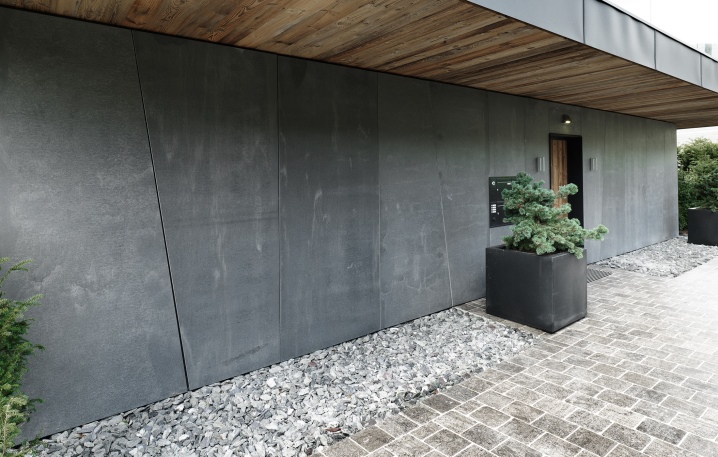
Review overview
Users note the high quality of Axton sand concrete - it is difficult to find such high-quality mixtures that are suitable for any type of work. The strength and ductility of the material, combined with a low price, make the mixture one of the most popular on the market.

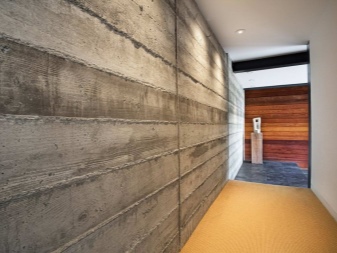
During work, it is best not to be distracted by extraneous matters - even 5 minutes for which the mixture is left has a negative effect on it. Another important nuance is to follow the rules, do not try to make the layer larger than it can be, according to the manufacturer, because the sand concrete can crack.
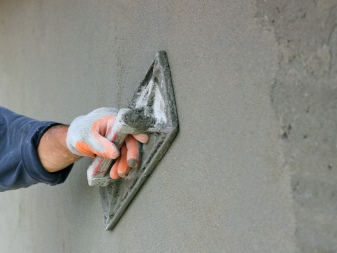
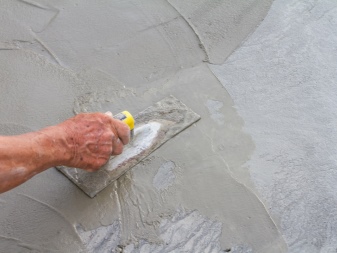













The comment was sent successfully.